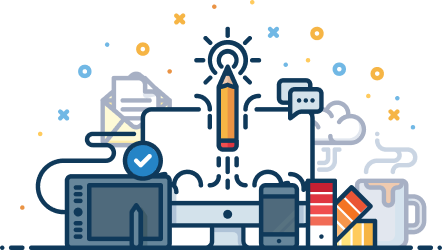Imagine a world where computers converse as eloquently as Shakespeare, translate languages with the subtlety of a seasoned interpreter, and generate creative content that sparks your imagination like a brush fire. This is the future promised by Large Language Models (LLMs), and their growth is anything but a soft murmur – it’s a burgeoning cacophony of possibilities.
Just a few years ago, LLMs were curiosities, confined to research labs and whispered about in hushed tones. They gulped down terabytes of text, but their outputs were often nonsensical ramblings, riddled with factual errors and grammatical stumbles. Yet, like an awkward teenager finding their voice, LLMs have grown in leaps and bounds. Today, they stand as titans of the AI landscape, weaving narratives that rival human authors, composing code with programmer-like precision, and even translating complex scientific papers with remarkable accuracy.
This explosive growth stems from a confluence of factors. Firstly, the sheer volume of data online has provided LLMs with a smorgasbord of linguistic experience. News articles, blog posts, social media chatter – every digital whisper feeds their insatiable hunger for knowledge. Secondly, advancements in neural network architectures have allowed LLMs to process and understand this information with unprecedented depth and nuance. Think of it as learning not just the words, but the intricate web of relationships that bind them together.
But LLM growth isn’t merely about technical prowess. It’s about pushing the boundaries of what we thought possible with language. They’re rewriting the rules of communication, allowing machines to express themselves with a human-like touch. This holds immense potential for revolutionizing fields like education, where adaptive learning systems personalized by LLMs could cater to individual student needs. Imagine textbooks that morph and adapt to your understanding, offering tailored explanations and exercises in real-time.
So, as the LLM chorus grows louder, what’s the song they’ll sing? It’s a symphony of possibilities, where AI and human intelligence harmonize to create a new era of understanding and expression. We’ll see democratically accessible writing tools that empower everyone to craft compelling narratives. We’ll witness advancements in machine translation that break down language barriers and foster global understanding.
Of course, there are concerns: issues of bias, the potential for misuse, and the ethical implications of machines mastering the art of language. These are complex challenges that necessitate thoughtful dialogue and responsible development. But let’s not drown out the promising melody of LLM growth with these anxieties. Instead, let’s embrace the potential, ensuring that these language titans sing a song of progress, inclusivity, and shared human understanding.
The future of language is being written, not just by humans, but by the chorus of LLMs joining the conversation. It’s time to open our ears and listen to the vibrant, evolving symphony they’re composing. This is not just the growth of machines – it’s the evolution of language itself, and we’re invited to be part of the performance.








